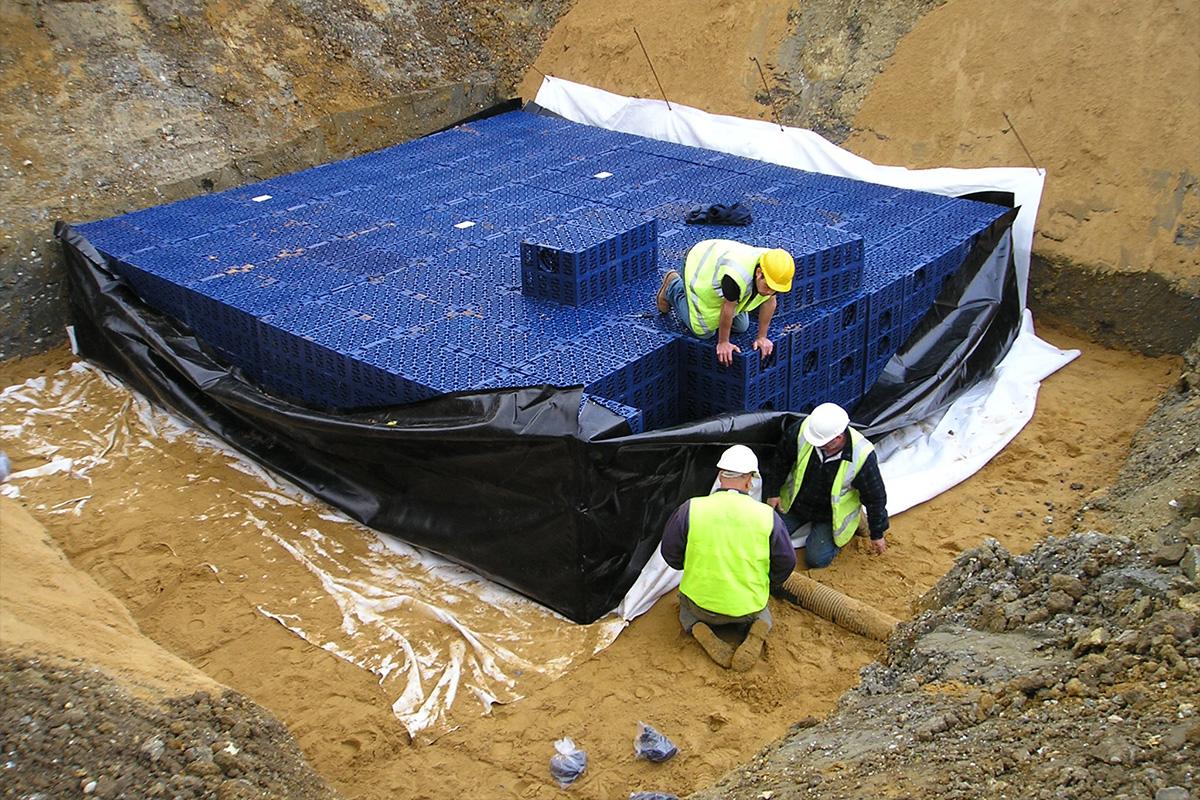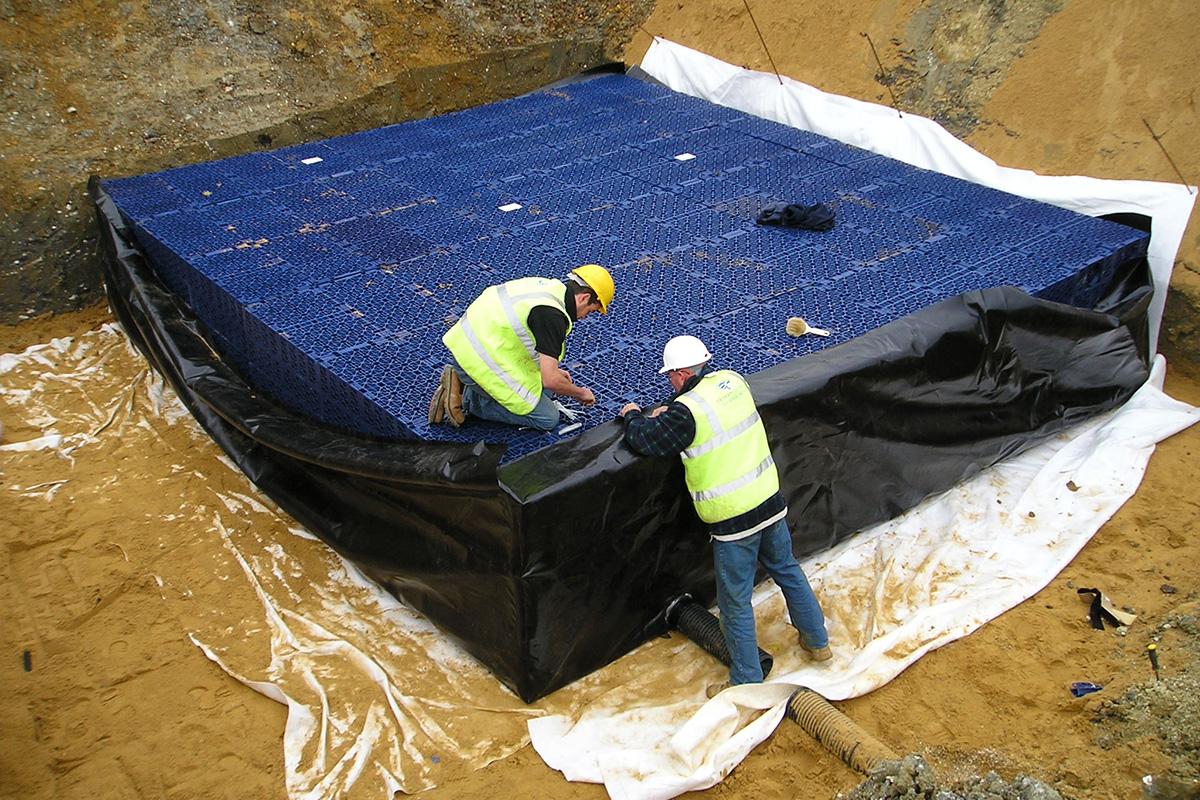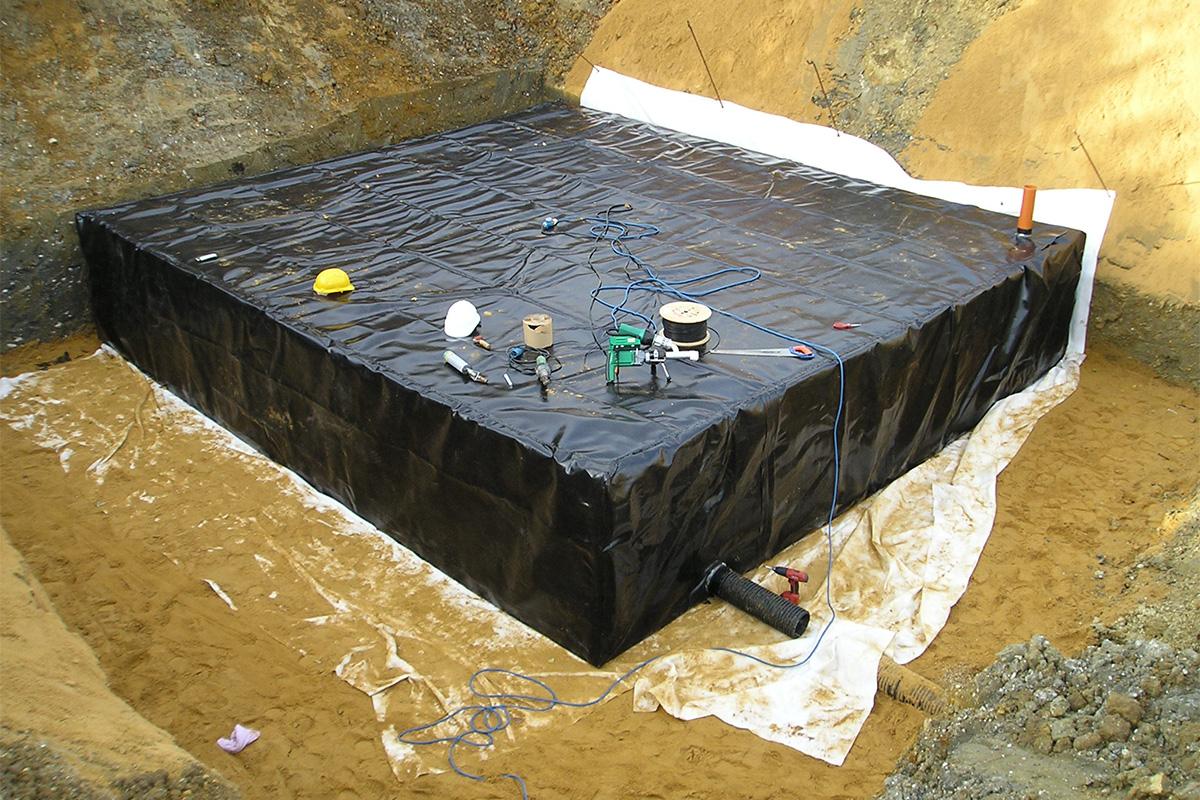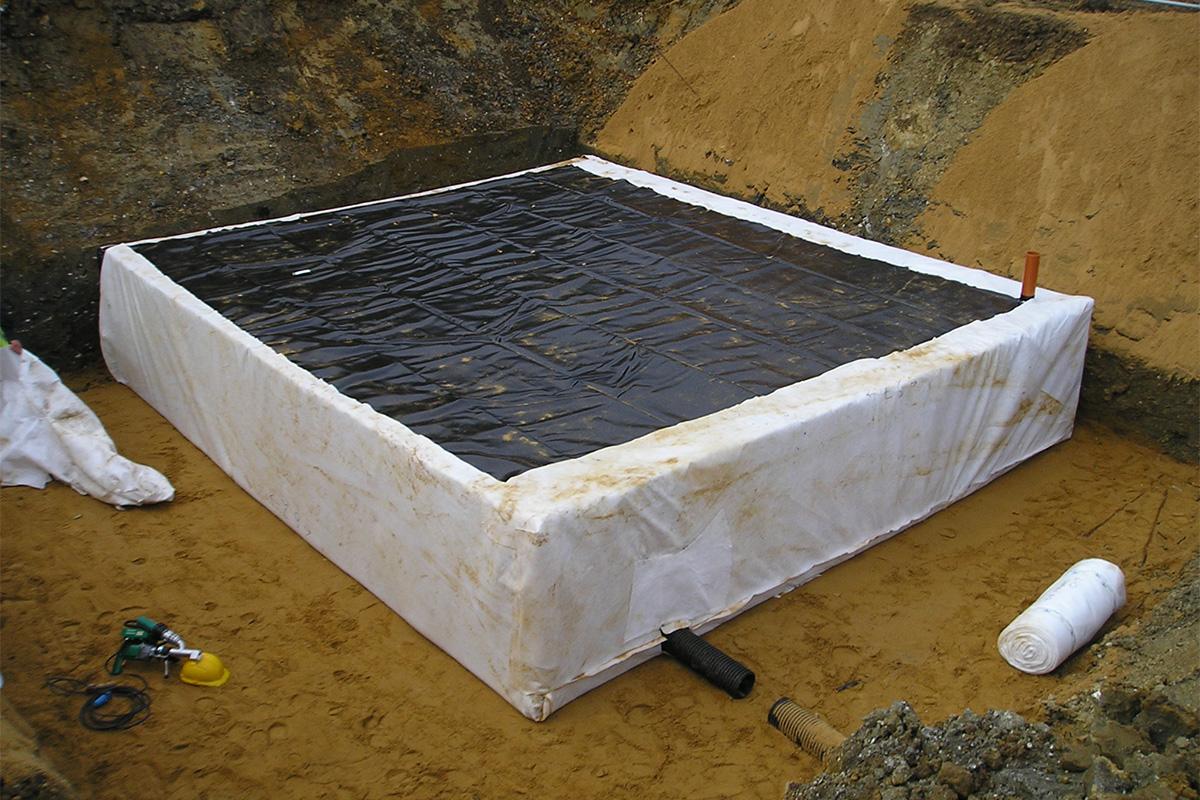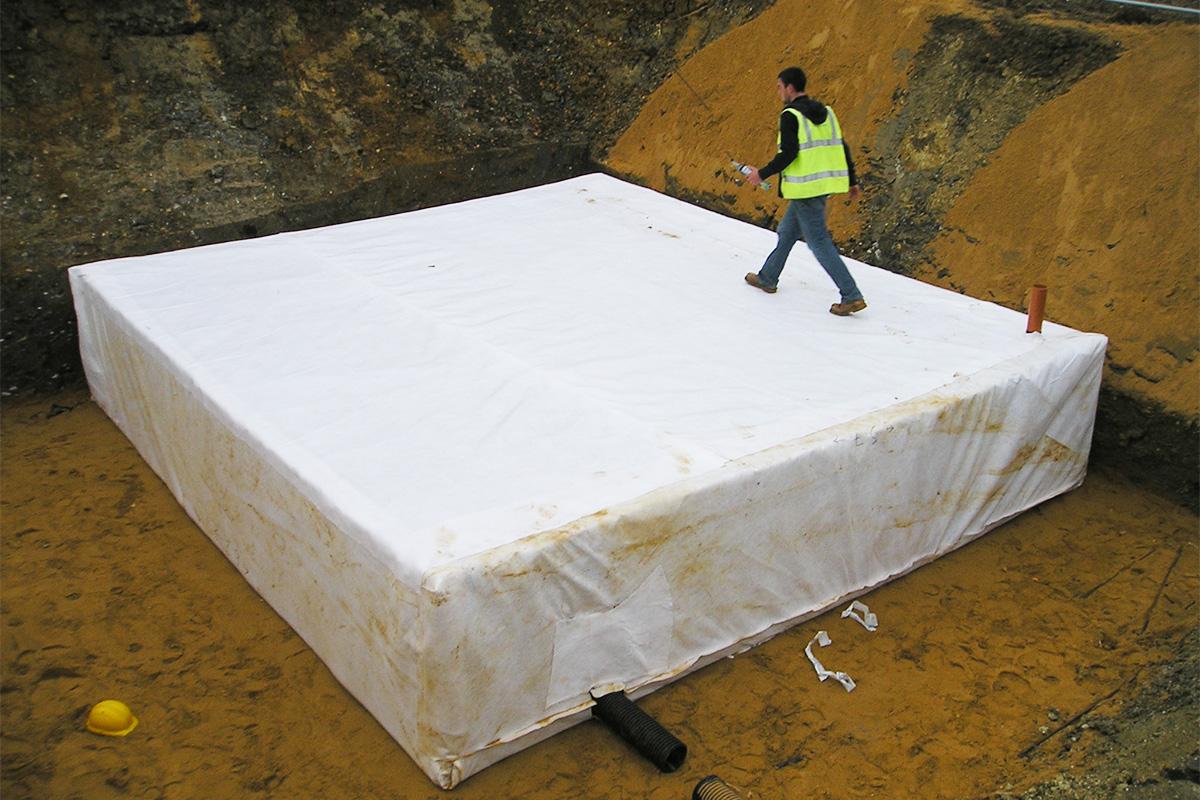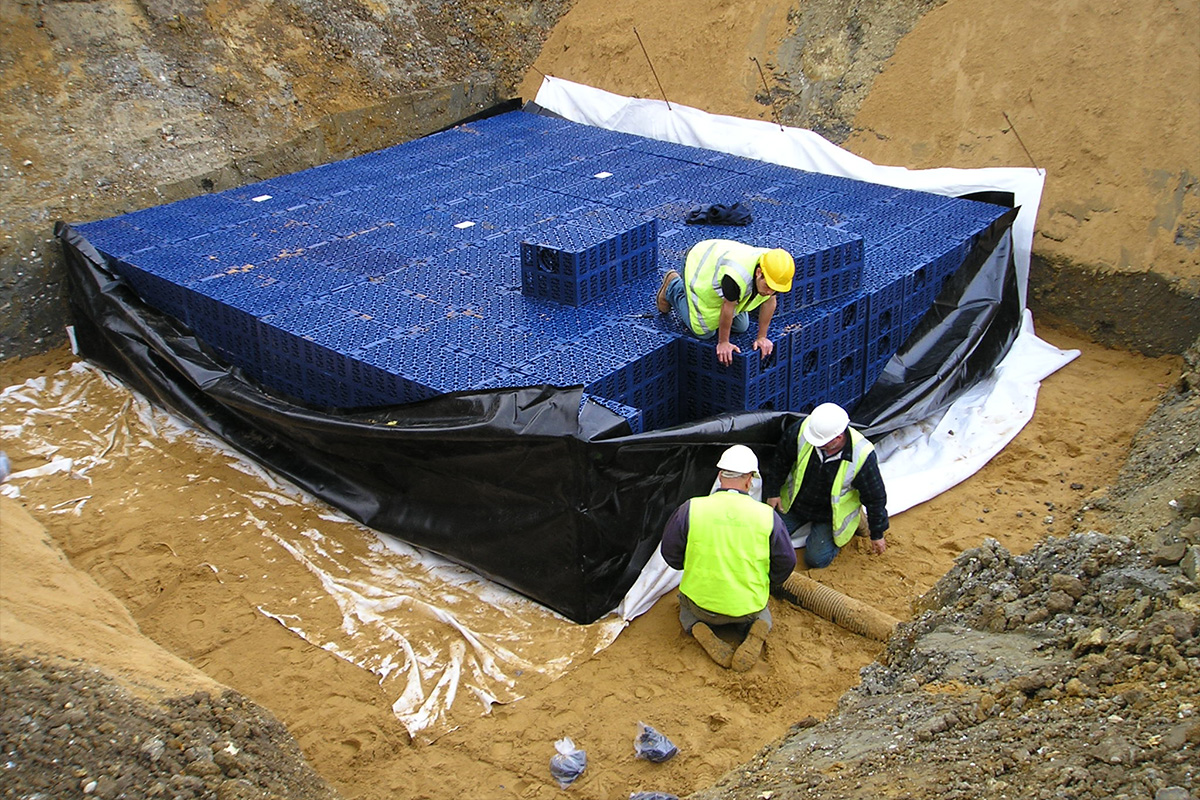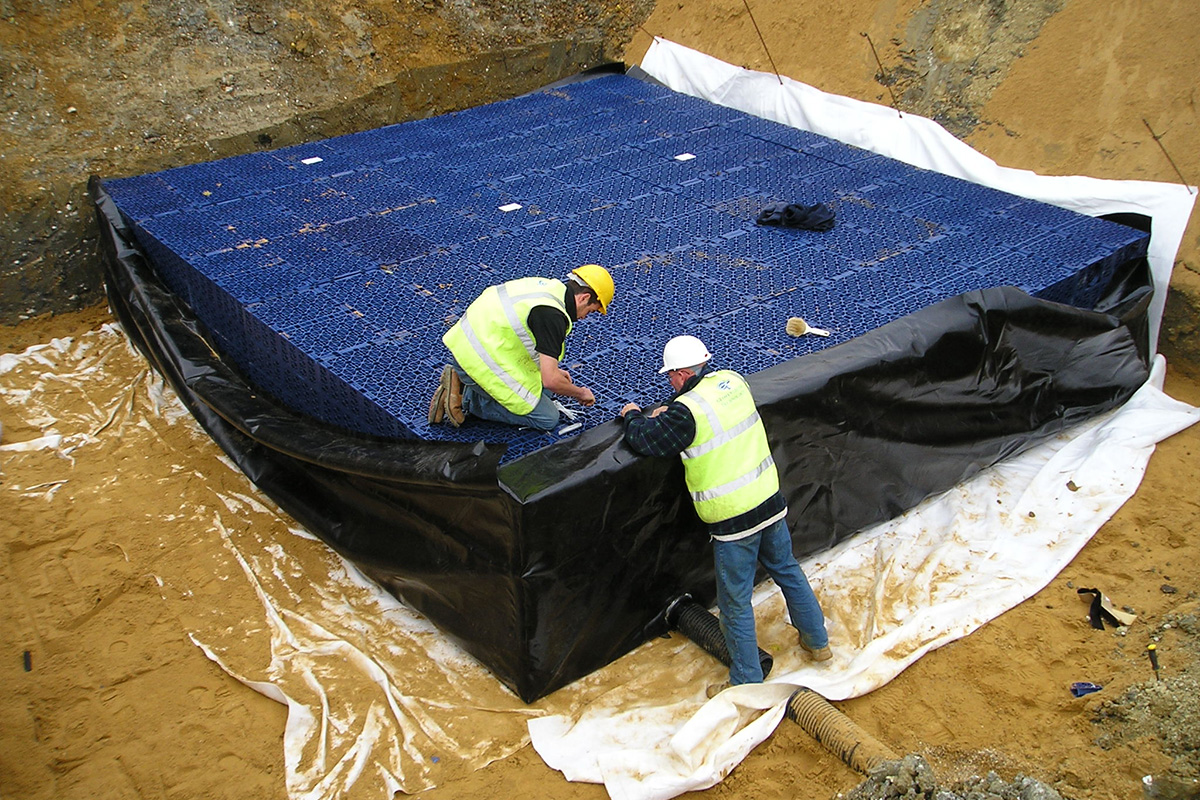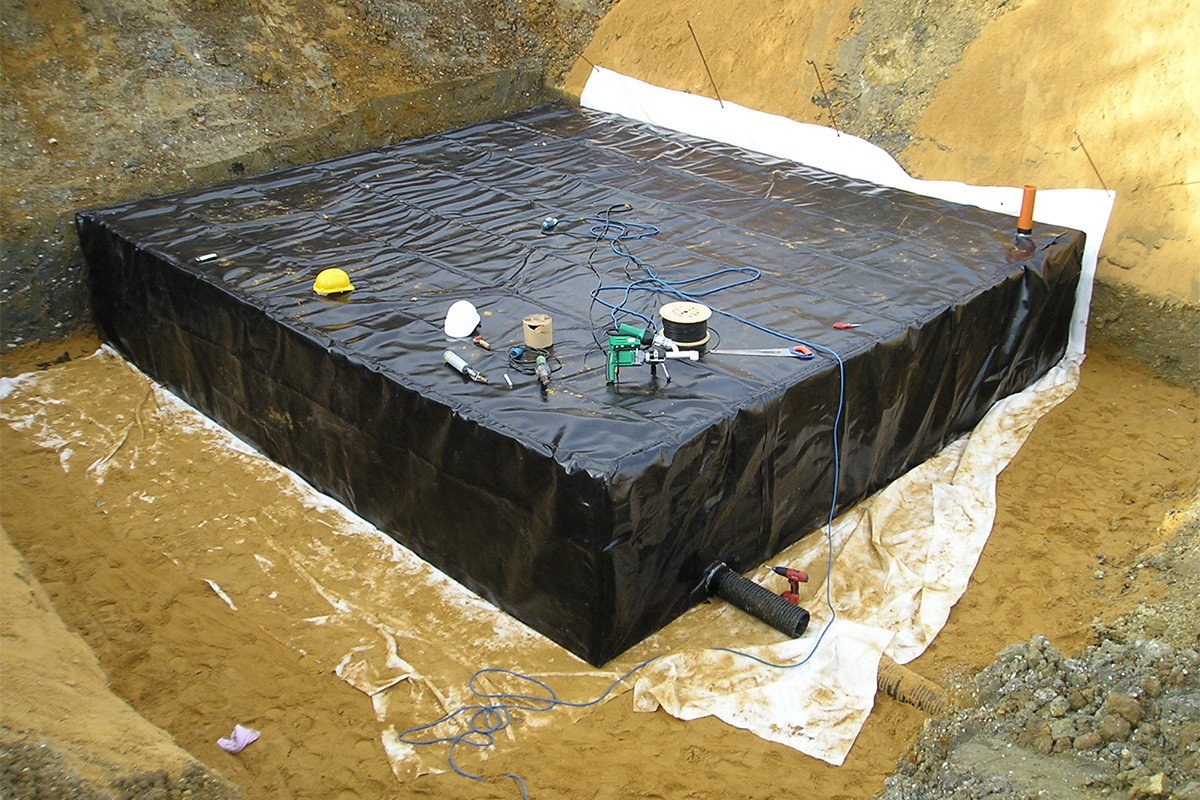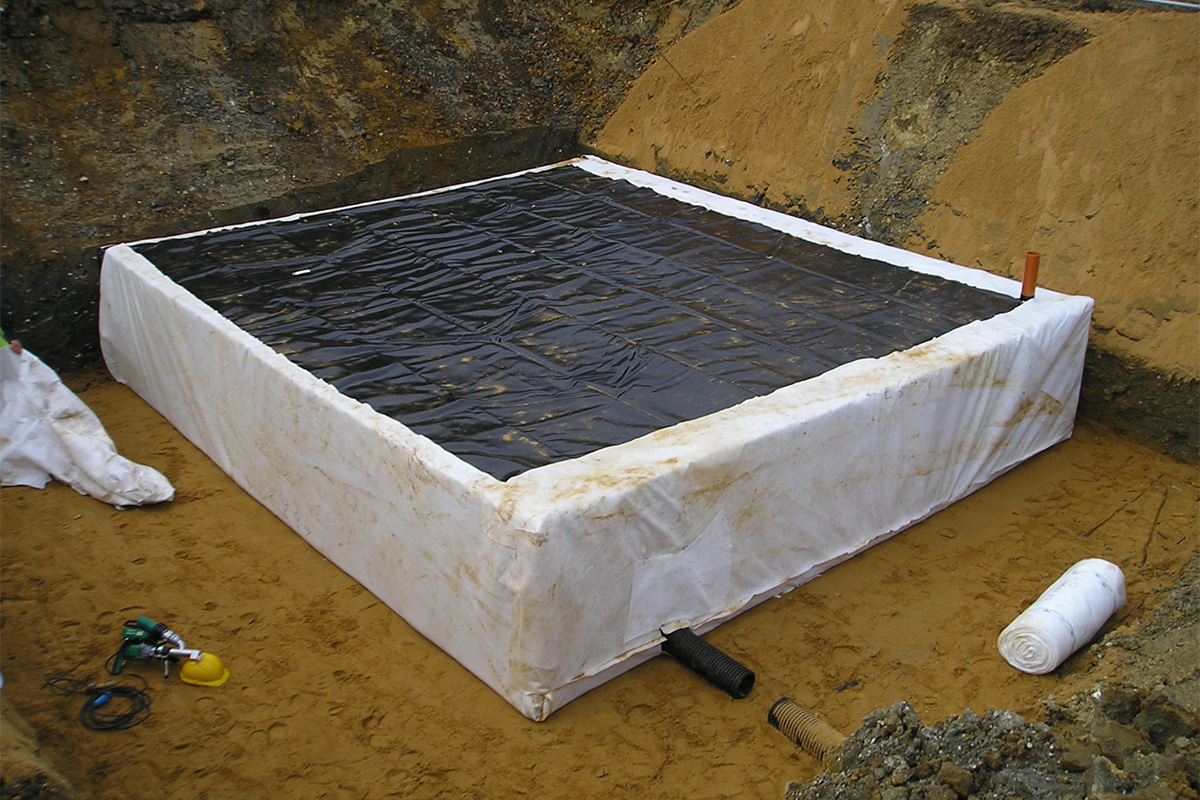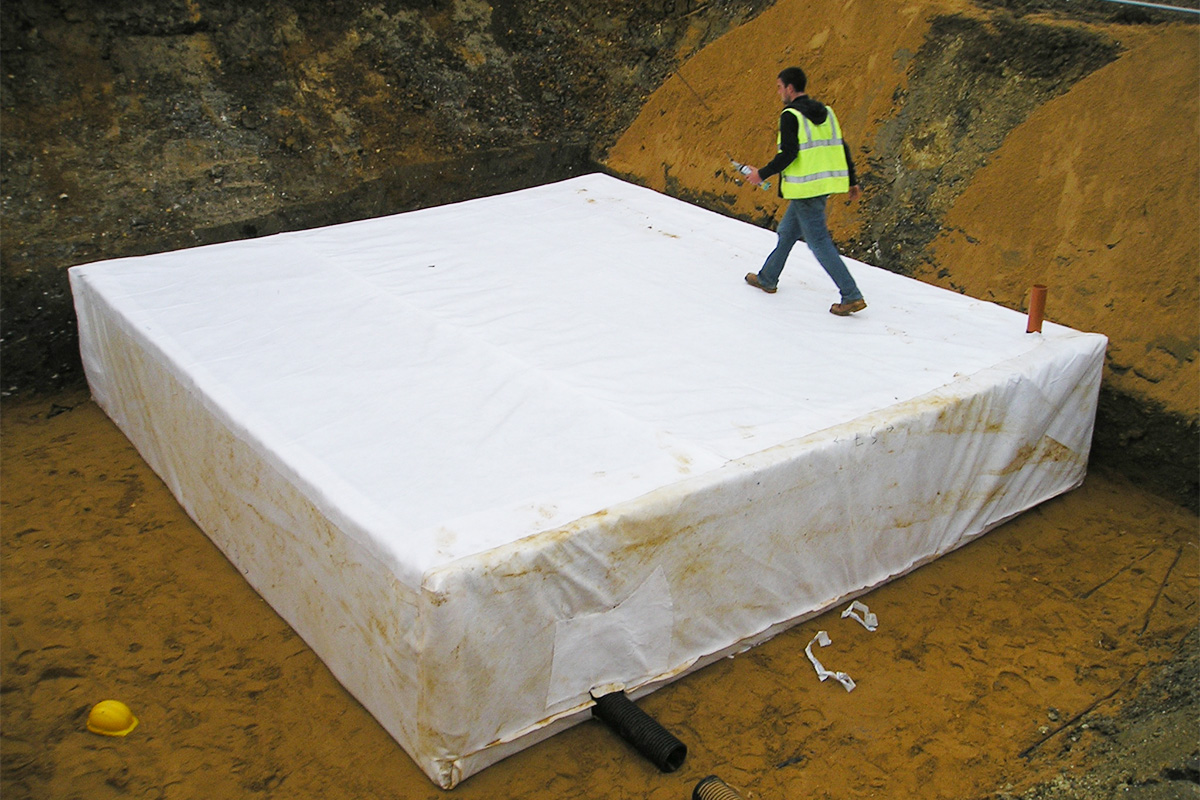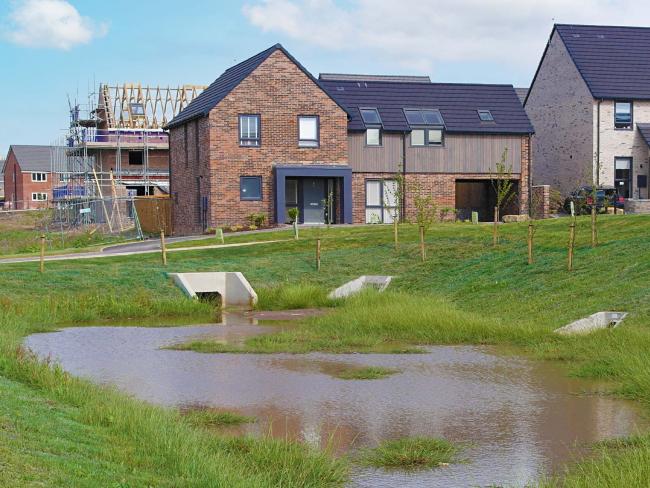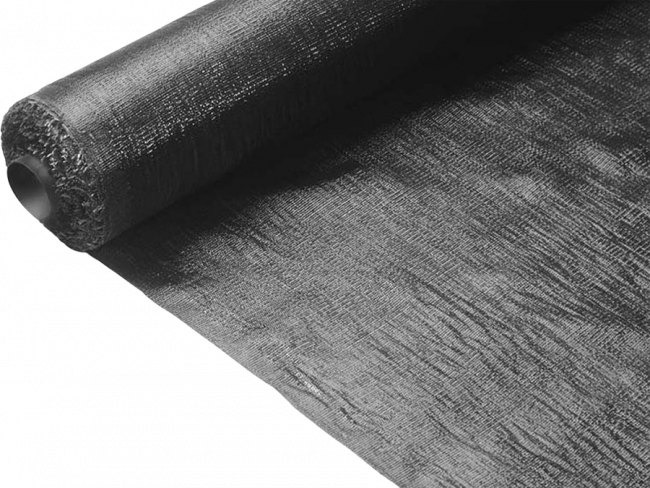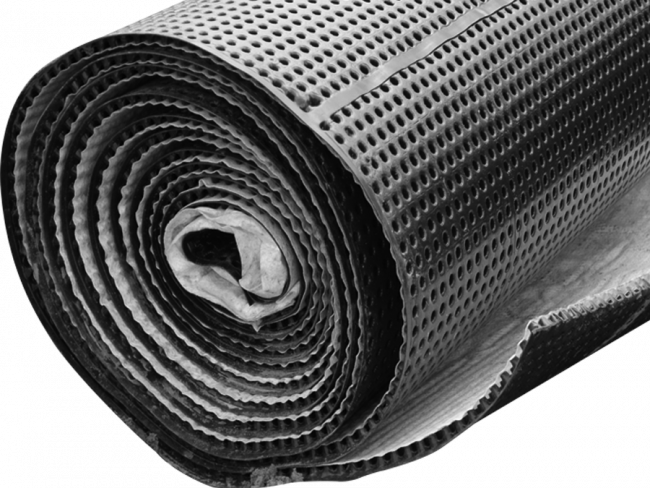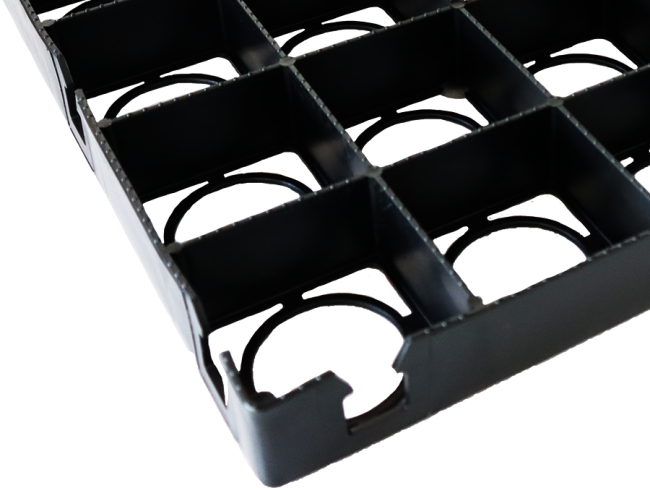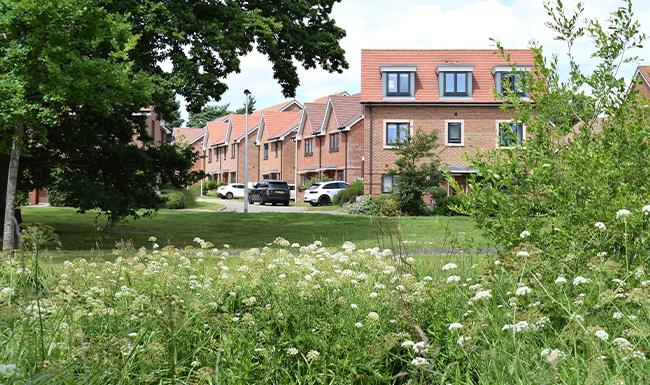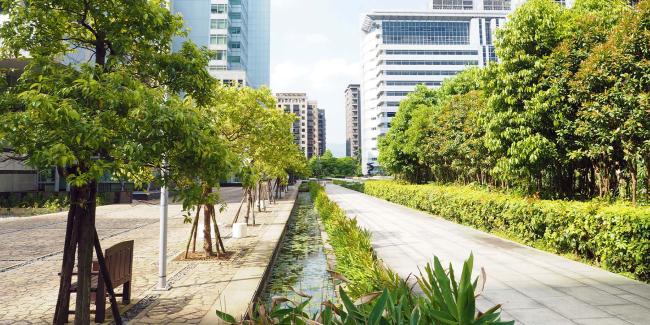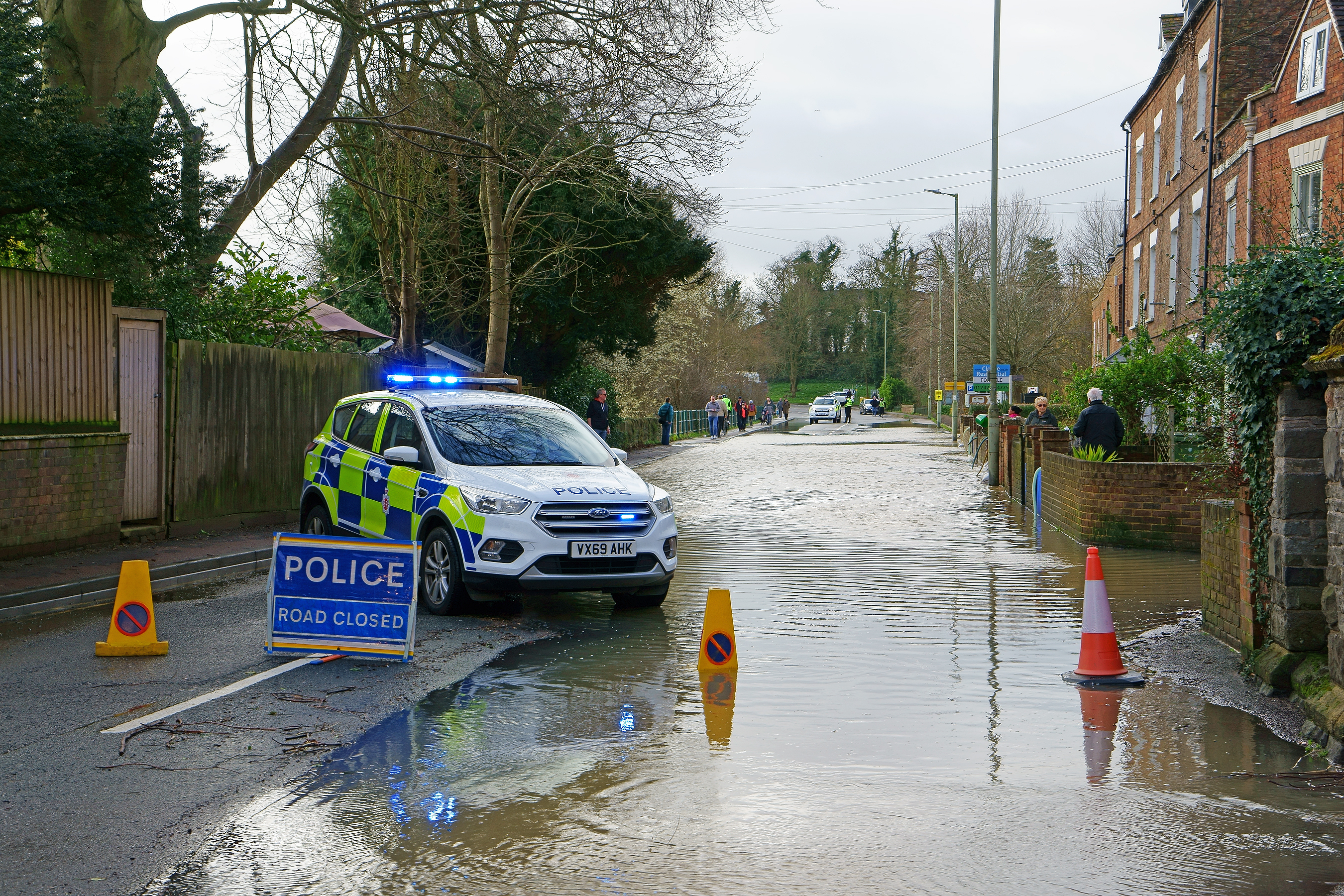
How Sustainable Urban Drainage Systems Can Tackle UK’s Flooding IssueAs warnings over the UK’s flood risk becomes increasingly higher on the news agenda, David Fisher, head of geosynthetic sales at Geoworks, explains why housebuilders need to act swiftly to implement geosynthetic solutions to combat the potential damage of more frequent and heavier rainstorms. As a nation, we are well aware of the destruction that flooding can wreak on our communities, causing untold damage to people, their livelihoods, and properties. Flooding is one of the most important climate change challenges we face, as the UK Health Security Agency noted. It found that around 6.1 million people live in flood-prone areas, with additional at-risk areas identified due to rising sea levels. Its report said increased flooding will mean that people and properties, health and social care facilities, transport lines and schools, will all become at risk of flooding. Housebuilders and property developers undoubtedly play a pivotal role in addressing the flood threat. The devastating floods of summer 2007, which damaged 55,000 properties in England and Wales, revealed that two-thirds of the damage was due to overwhelmed drains, culverts, and sewers. The Environment Agency report estimated the insured losses at nearly £3 billion, underscoring the significant impact of these professionals in flood prevention. It is therefore vital to harness creative, sustainability-led solutions - such as sustainable urban drainage systems (SuDS) - to the long-standing problem of surface water drainage. They are a natural remedy that should be a primary consideration in urban planning. What are sustainable urban drainage systems (SuDS)?Prompted by the 2007 floods, the SuDS Manual was published to give professional guidance on their planning, design, construction and maintenance. SuD systems are generally accepted to be the most efficient way to manage the flood and pollution risks from urban run-off. They act in an eco-friendly way by mimicking natural water processes, like ponds and wetlands, slowing down the drainage process so that it doesn’t cause problems elsewhere. The government last year launched a new approach to sustainable drainage to reduce flood risk. Schedule 3 of the Flood and Water Management Act 2010 provides a framework for the widespread adoption of SuDS in new developments in England. It gives local authorities the role of sustainable drainage approval body (SAB), with responsibility for checking compliance and approving their use. 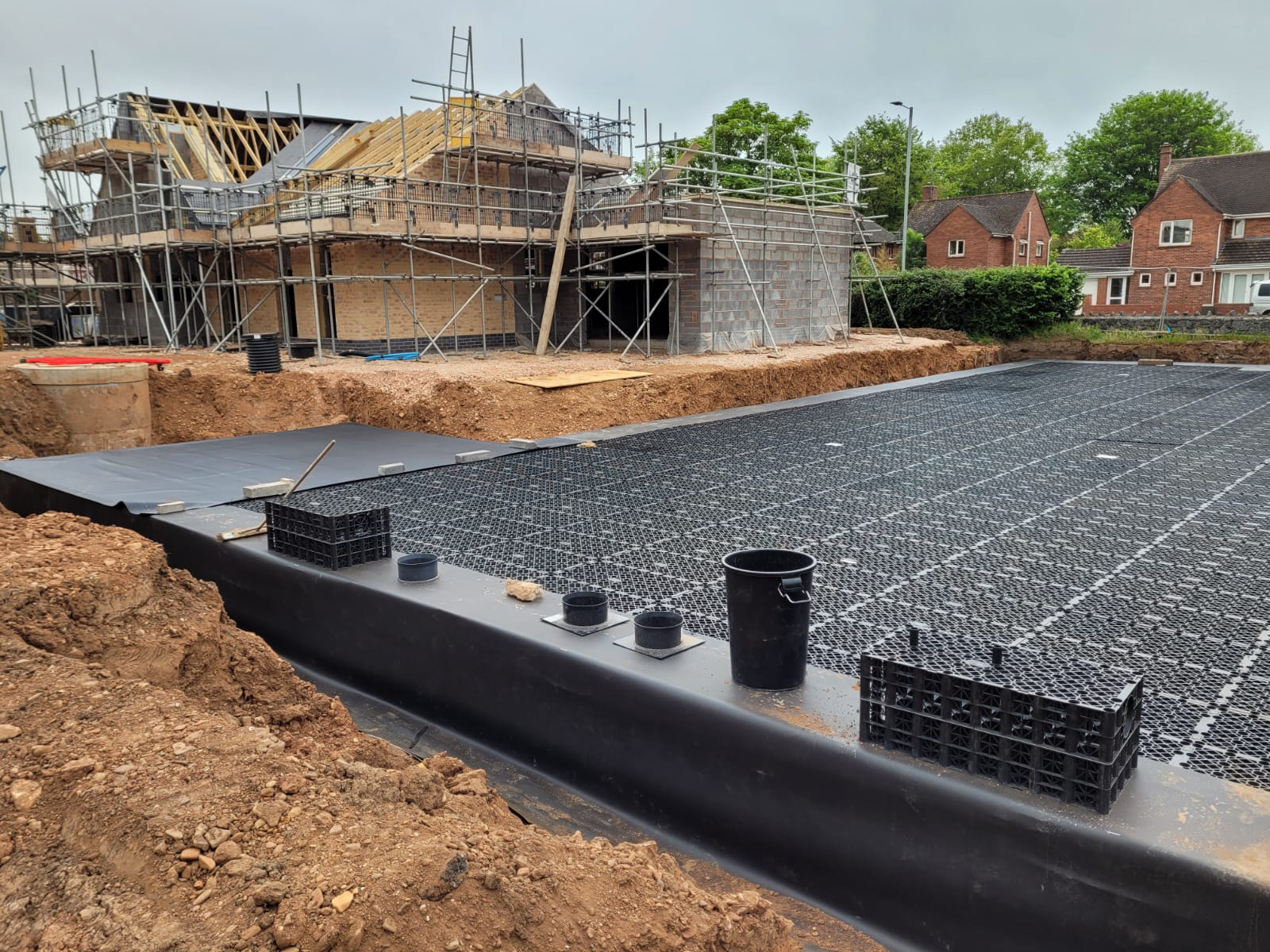
What are the benefits of SuDS?SuDS combine engineering with a natural approach to reduce flooding, improve water quality, and enhance overall urban environmental sustainability. They support biodiversity targets in the development of green spaces for residents. The systems are ideal when combined with geosynthetic products specifically aimed at promoting and prolonging SuDS products. The key factor is to integrate SuDS at the earliest opportunity in a project. Planning early and implementing them in the initial design phase saves time and money and prevents future issues, ensuring properties are more resilient. Which are the best types of SuDS to use?Often the most efficient and effective method of managing rainwater and run-off is by installing infiltration or attenuation tanks. These act as slow-release reservoirs for surface water run-off. They can help to improve water quality by filtering and treating the water, removing potential pollutants, and are designed to cause minimal or no long-term detrimental damage. Non-woven geotextiles – more simply described as protection fleeces – can also be used to protect attenuation tanks and prevent impermeable membranes from being punctured. Retention ponds can be lined with geomembranes or geosynthetic clay liners (GCLs). Other popular solutions for the management of surface water also include permeable or porous paving, such as Geoworks new Ecodeck range which is exclusively available to UK merchants via Geoworks. What are attenuation tanks?The tanks temporarily store excess run-off water before returning it to the normal drainage system in a controlled manner, helping to reduce or even eliminate flooding, erosion and damage. The geosynthetic technology used will ensure that stored water does not escape from the system. Attenuation tank liners are prefabricated, flexible, welded box liners and lids that are manufactured in a variety of materials to suit different-sized projects. Once the excavation has been prepared, a protective layer of geotextile is carefully placed on the ground, ready for the prefabricated box welded liner to be installed. The attenuation tank crates, or blocks, are laid in a predetermined pattern, before holes for inlet, outlet and vent pipes are cut to size. All penetrations are sealed to ensure a 100% waterproofing performance. Specialist welding material can also ensure a water-tight seal. With one of our systems, pipework from the tank can be connected to the upstream or downstream manholes before backfilling, then finally use a geotextile outerwrap to ensure complete protection. Using SuDS and geosynthetic solutions early in the design process could be a game-changer in the fight against flooding, helping developers meet legislative requirements and creating improved living spaces. Related products
|


